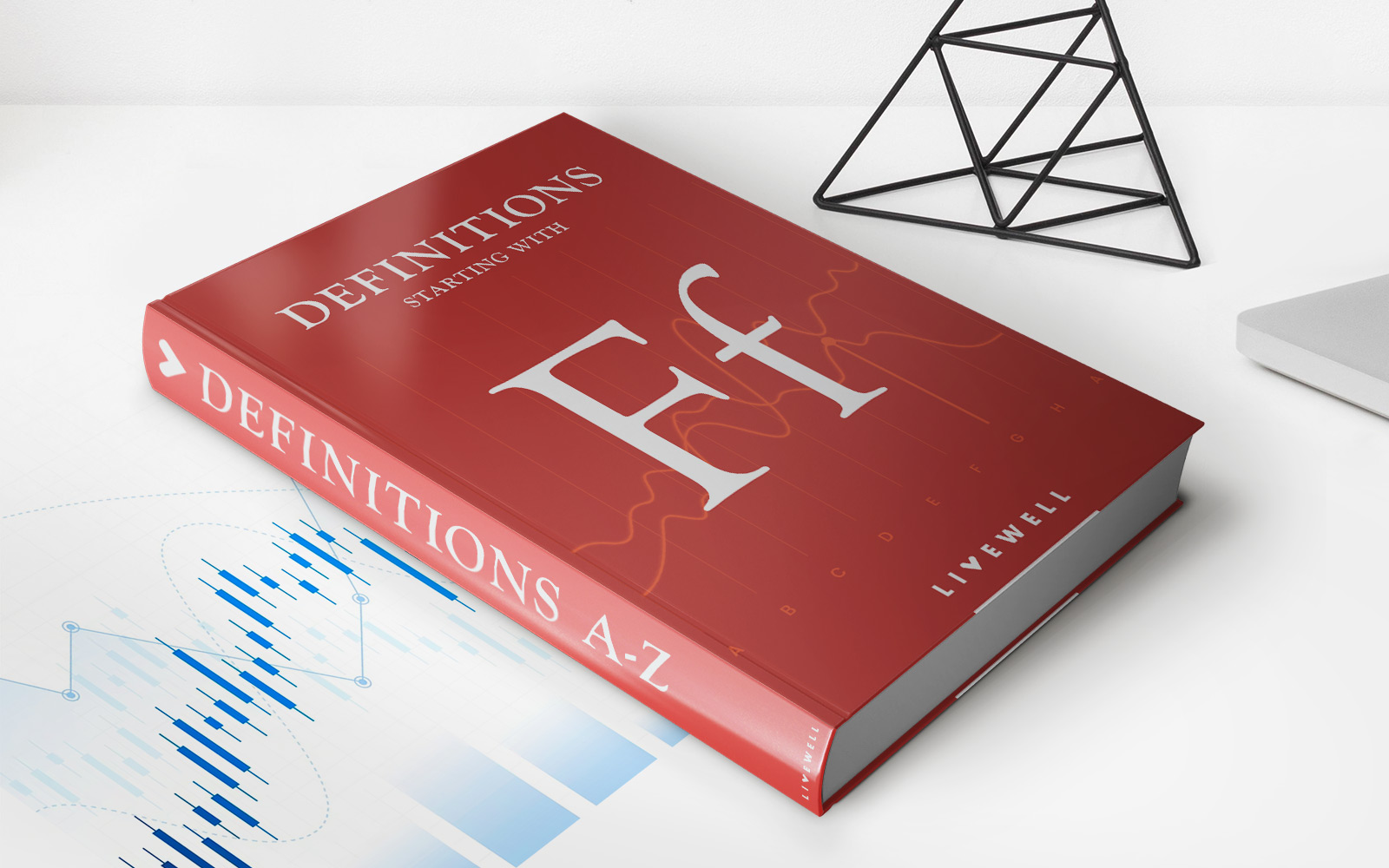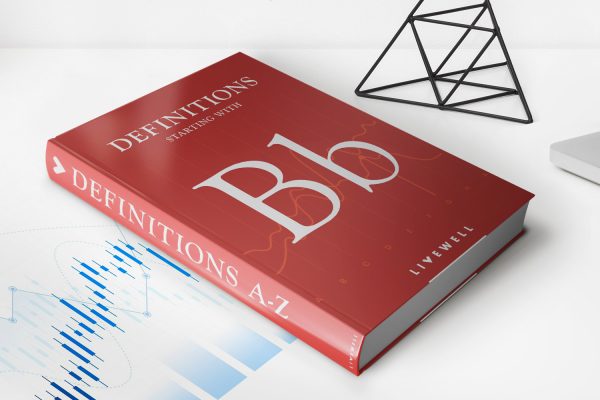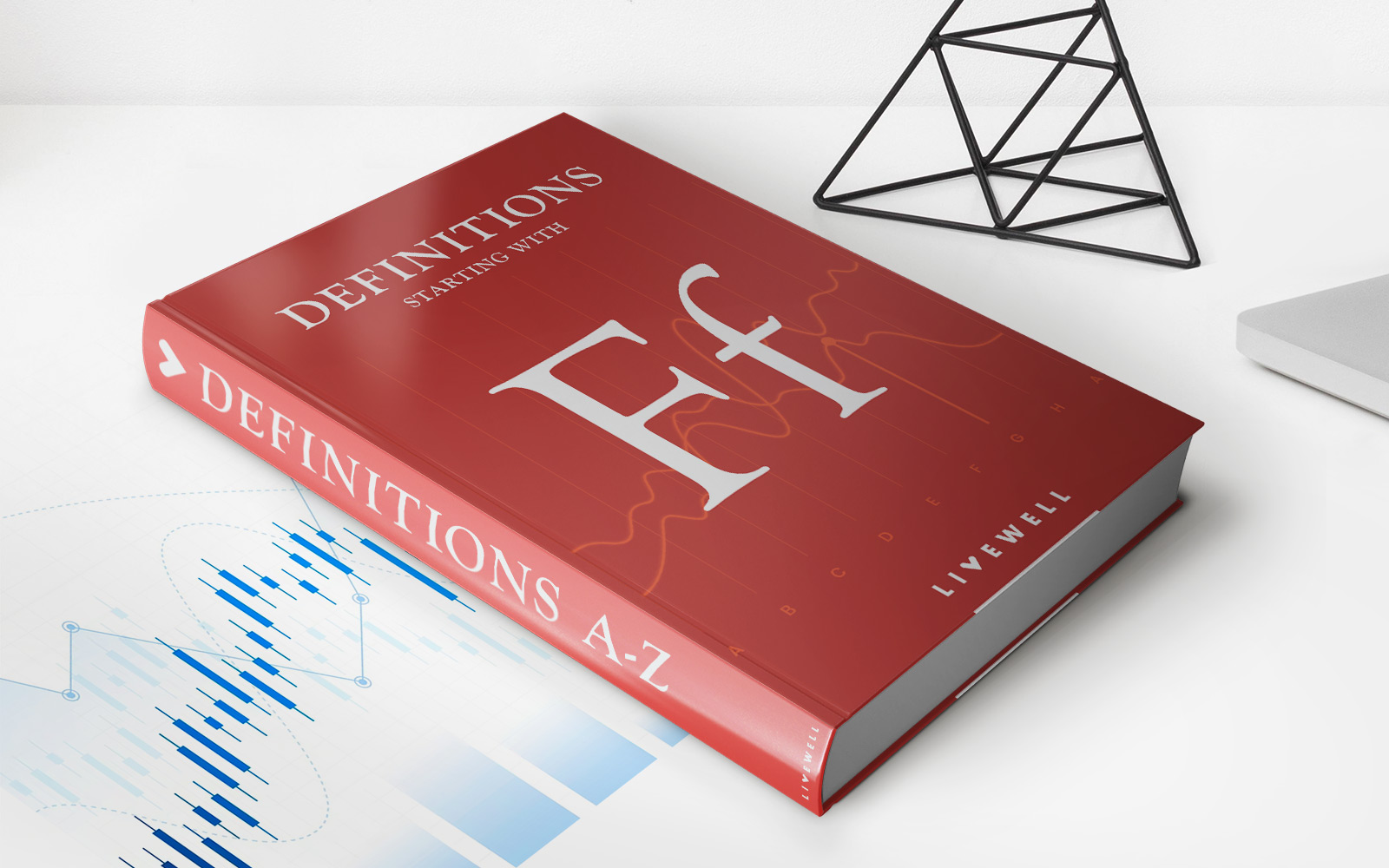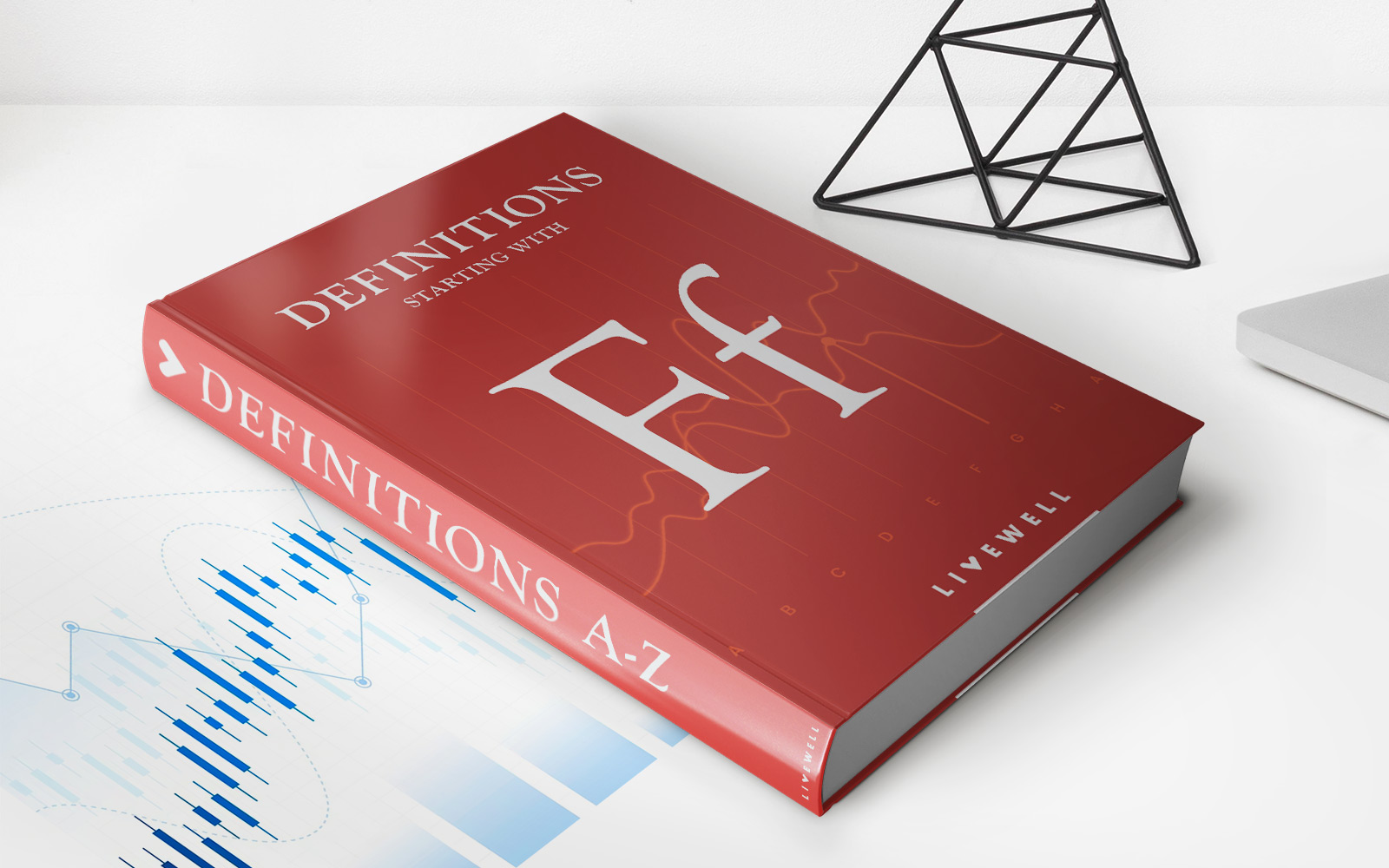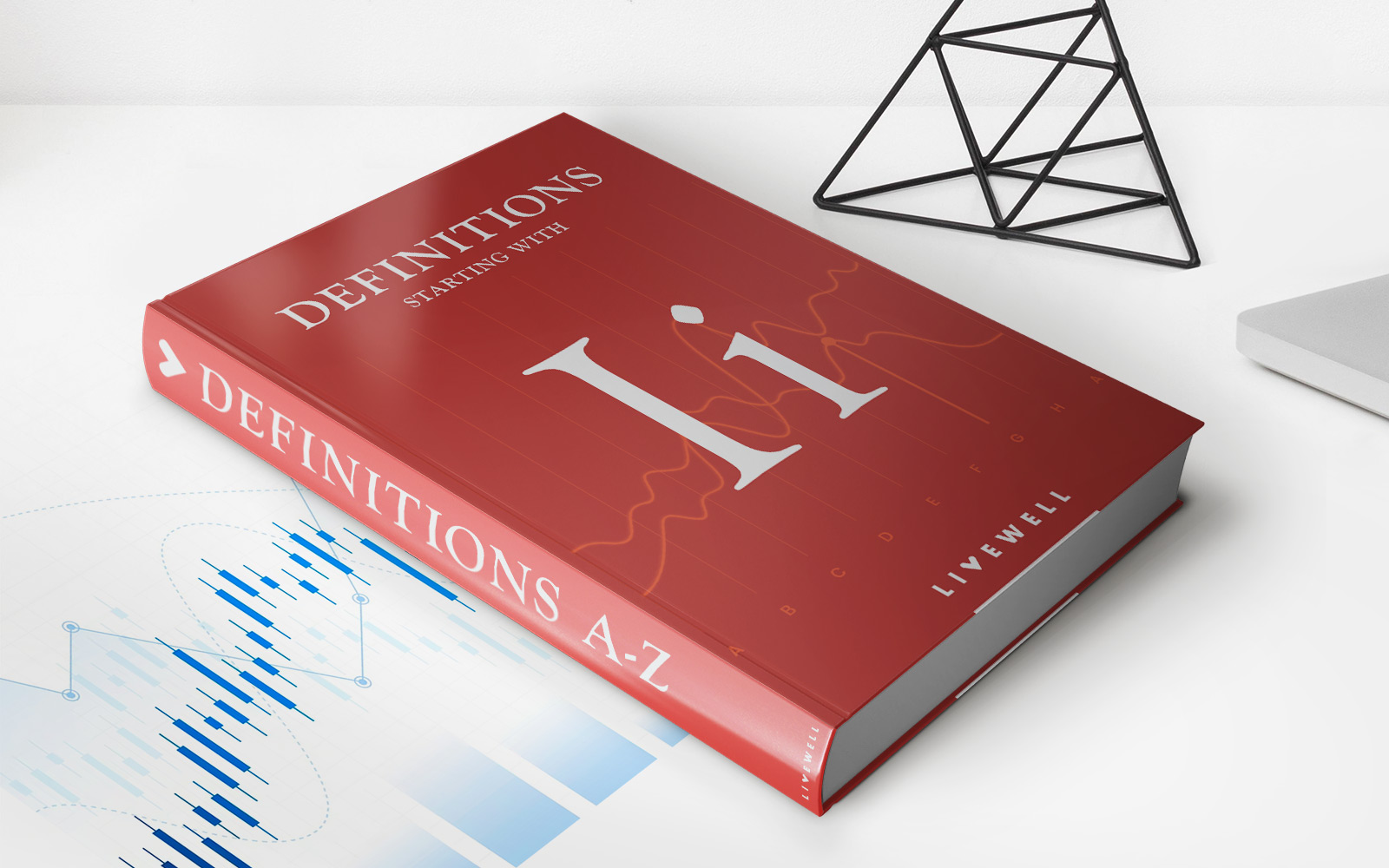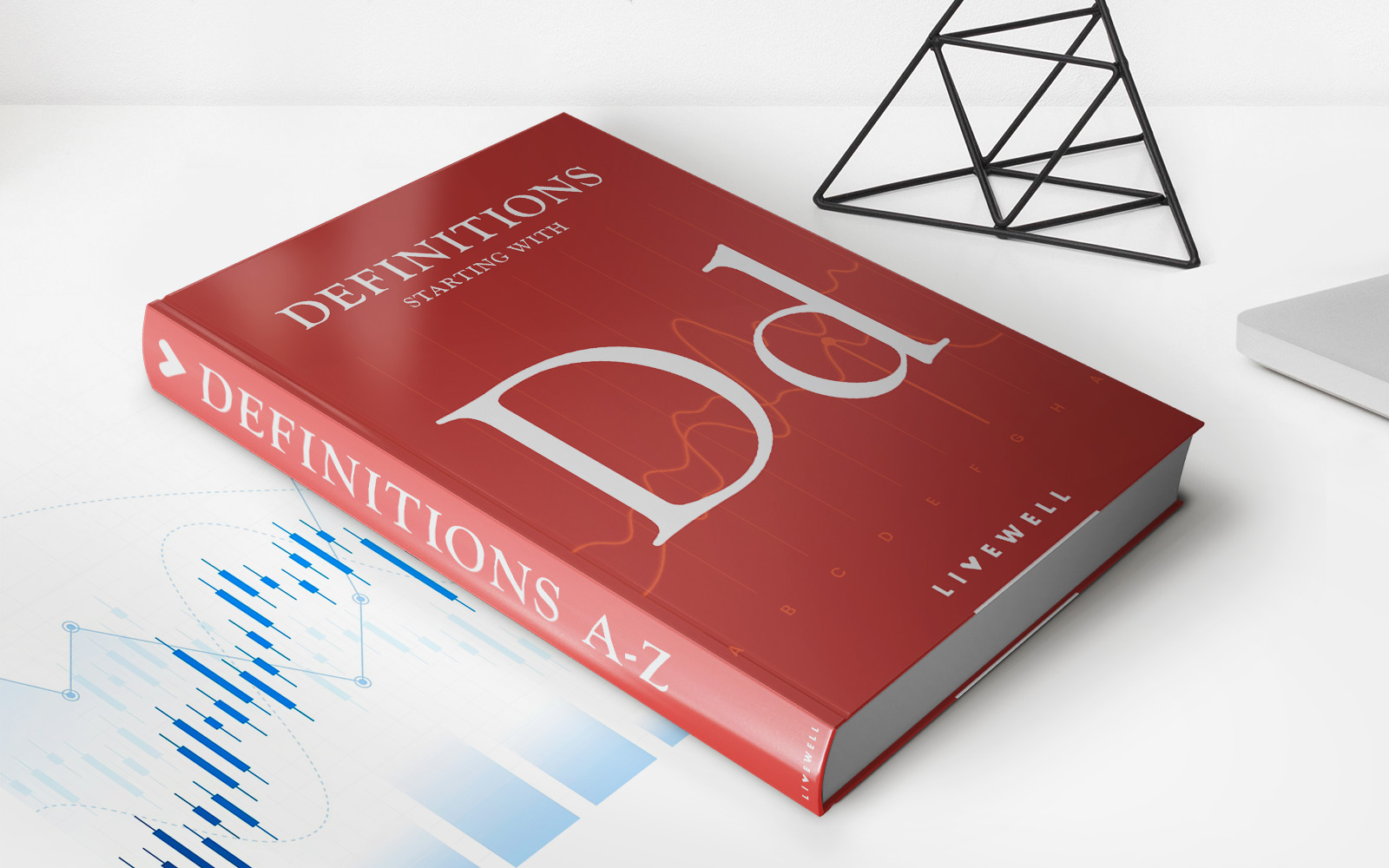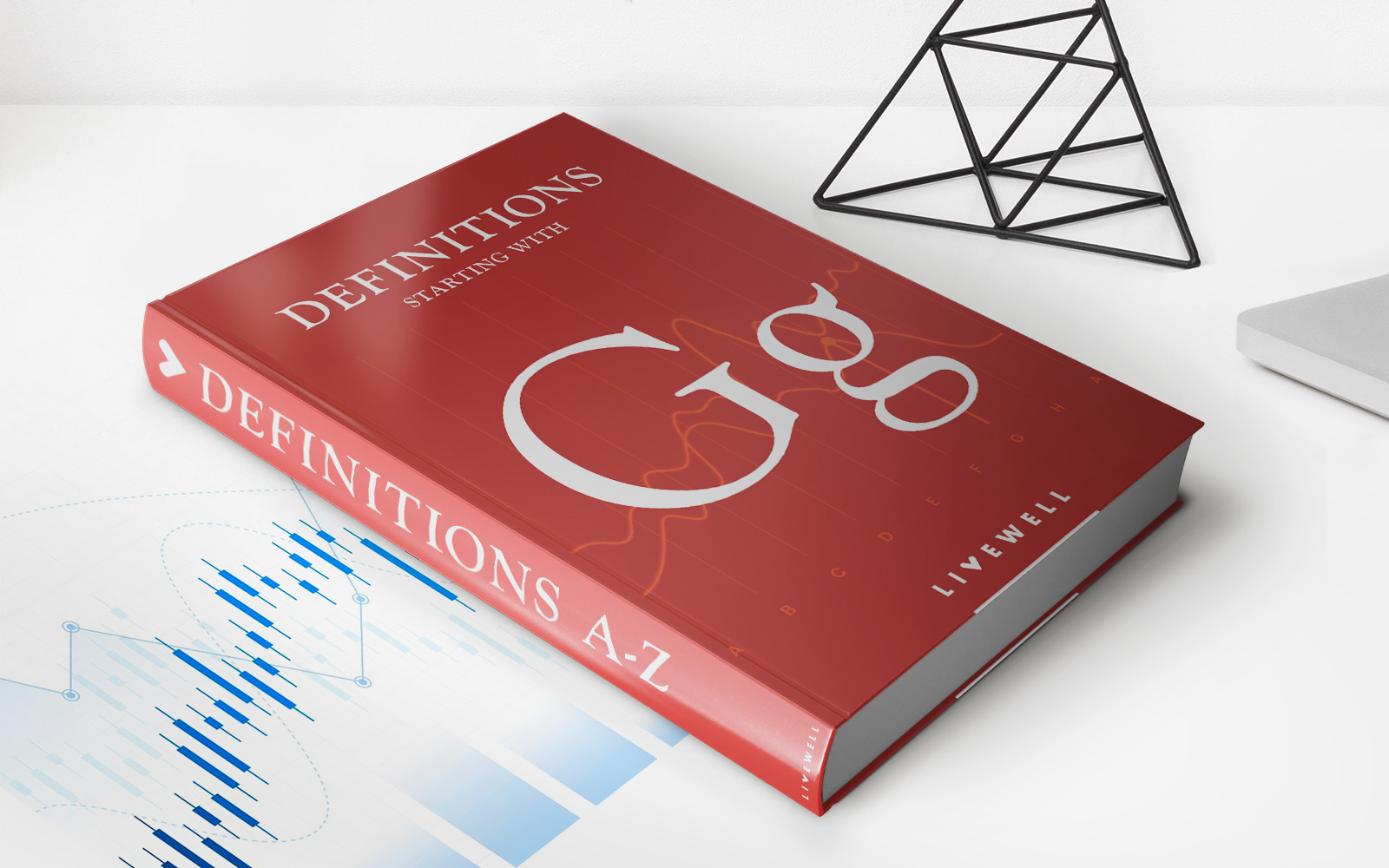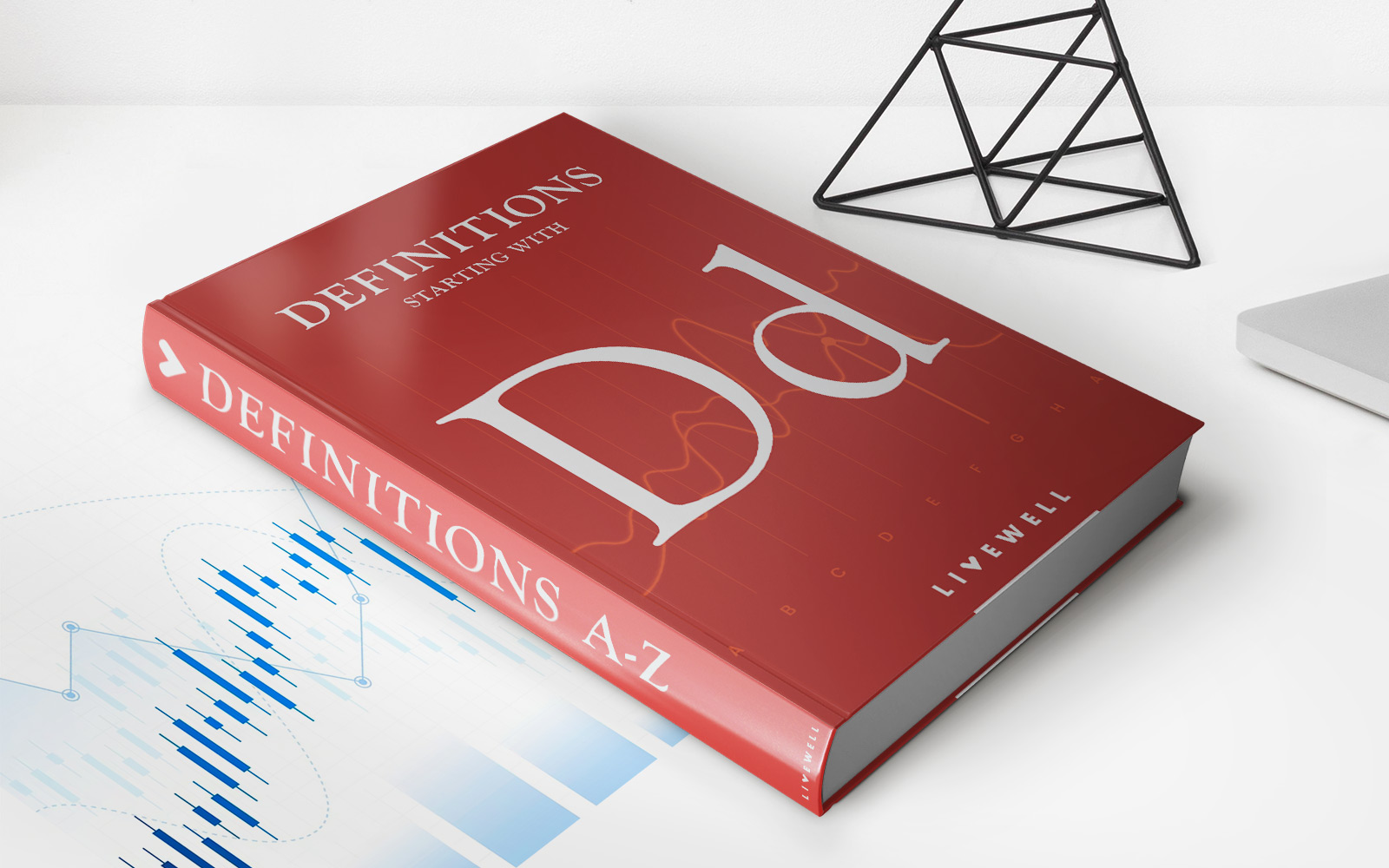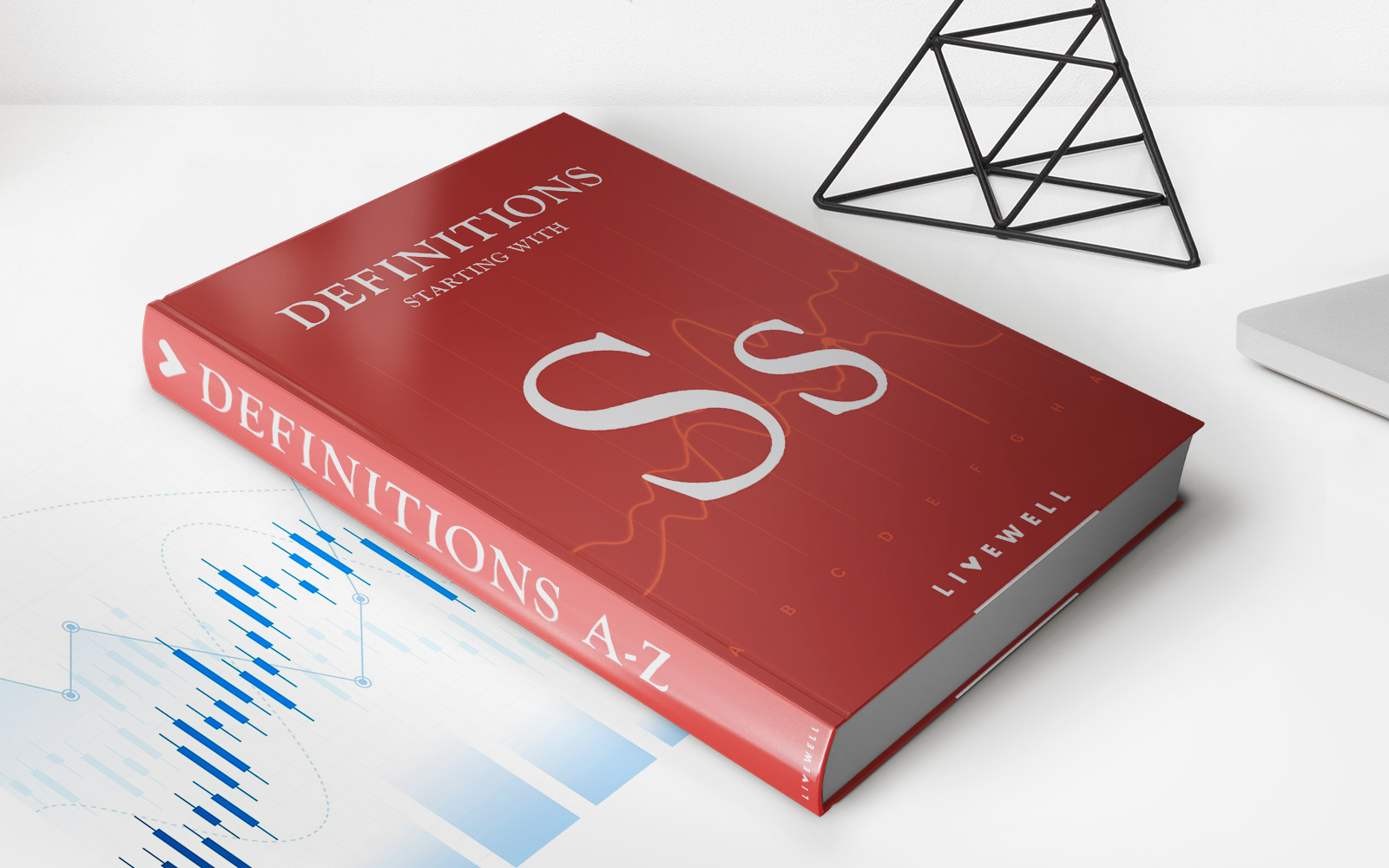Home>Finance>What Is A Fill? Definition In Investing, How It Works, And Types
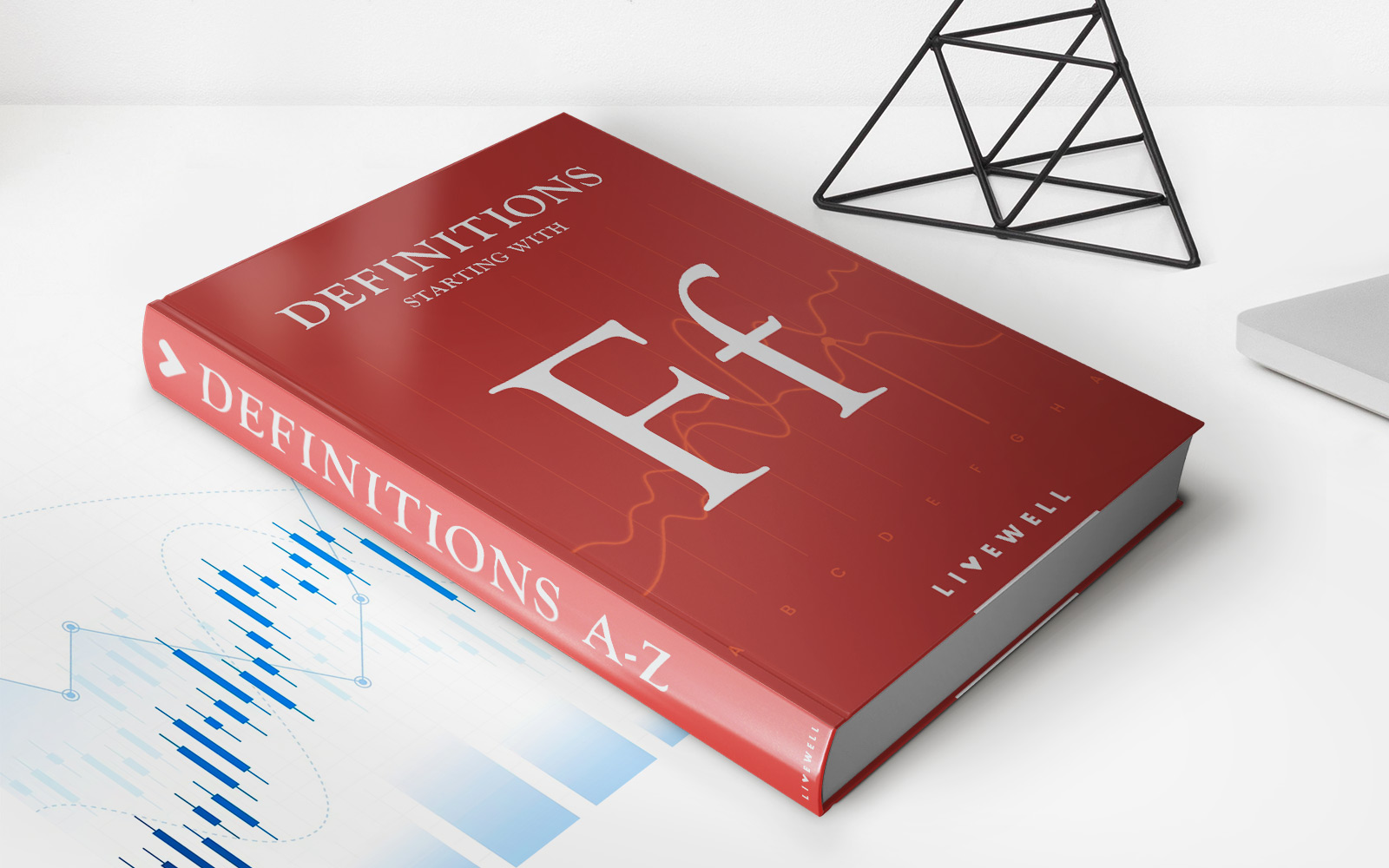

Finance
What Is A Fill? Definition In Investing, How It Works, And Types
Published: November 23, 2023
Learn about fills in finance, including the definition, how they work, and the different types. Enhance your investing knowledge with this comprehensive guide.
(Many of the links in this article redirect to a specific reviewed product. Your purchase of these products through affiliate links helps to generate commission for LiveWell, at no extra cost. Learn more)
What Is a Fill? Definition in Investing, How It Works, and Types
When it comes to investing in the financial markets, it’s essential to understand the various terms and concepts used. One such term that often crops up in trading discussions is “fill.” But what exactly is a fill? In this blog post, we’ll explore the definition of a fill in investing, how it works, and the different types of fills that traders encounter.
Key Takeaways:
- A fill in investing refers to the execution of a trade order, where a buyer and a seller agree on a specific price.
- There are different types of fills, including market orders, limit orders, and stop orders, each with its own characteristics and execution methods.
What is a Fill in Investing?
In simple terms, a fill in investing is the successful execution of a trade order, where a buyer and a seller agree on a specific price. When a fill occurs, it means that the trade has been completed, and ownership of the assets or securities has been transferred from one party to another. In other words, a fill is the moment when a trade becomes official and is recorded on the books.
How Does a Fill Work?
Understanding how a fill works is crucial for investors and traders. Let’s take a closer look at the process:
- Placing the Trade Order: The process starts when an investor or trader decides to buy or sell a security. They submit a trade order to their broker, specifying the security, quantity, and desired price.
- Matching a Buyer and Seller: The broker then seeks a matching buyer or seller in the market who is willing to agree to the specified price and quantity. This process can occur on an exchange, through a market-maker, or via electronic communication networks (ECNs).
- Order Execution: Once a suitable match is found, the trade is executed, and the fill occurs. The buyer’s account is debited, and the seller’s account is credited with the corresponding amount.
- Confirmation and Settlement: Following the fill, both parties receive confirmation of the trade, detailing the executed price, quantity, and any applicable fees. The settlement process then takes place, where the securities and funds are exchanged.
Types of Fills
There are several types of fills that traders encounter, including:
- Market Orders: These are orders to buy or sell a security at the best available price in the market. Market orders are usually executed quickly, but the exact price at which the fill occurs may not be entirely predictable.
- Limit Orders: With limit orders, investors specify the desired price at which they are willing to buy or sell. The fill occurs only if the market reaches or crosses the specified price. Limit orders offer more control over the execution price but may not be immediately filled.
- Stop Orders: Stop orders are triggered when a security reaches a particular price level. These orders are often used to limit losses or enter trades at a breakout point. When the specified price is reached or crossed, the fill occurs, and the trade is executed.
Understanding the different types of fills and their characteristics can help investors navigate the markets more effectively and make informed trading decisions.
Ultimately, a fill in investing is the culmination of the trade execution process, where buyers and sellers come together to agree on a specific price. By grasping the concept of fills and the different order types, investors can better understand how their trades are executed and actively manage their portfolios.


